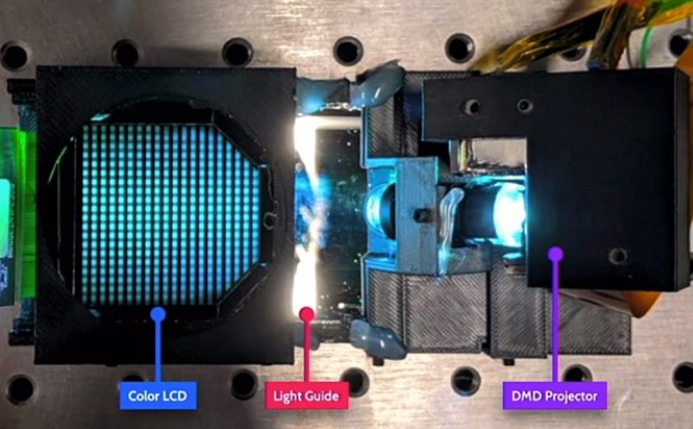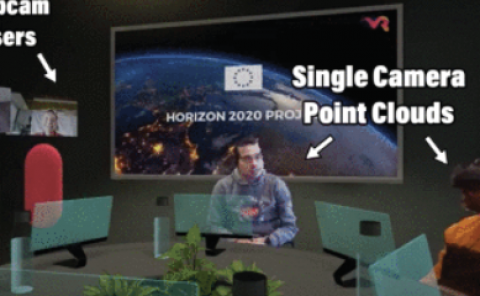High dynamic range near-eye displays
PubDate: February 2020
Teams: Facebook Reality Labs
Writers: Yang Zhao, Nathan Matsuda, Xuan Wang, Marina Zannoli, Douglas Lanman
PDF: High dynamic range near-eye displays

Abstract
The sensitivity of the human visual system to brightness and contrast is orders of magnitude higher than what current neareye displays can emulate. Although high brightness and contrast, which in combination is defined as high dynamic range (HDR) in this work, are critical to the realism provided by near-eye displays, these parameters are often compromised to achieve other major performance targets, such as resolution, field of view, form factor, and power consumption. Previously, various efforts from industry and academia resulted in HDR direct-view displays, and sometimes HDR near-eye display test beds. This work explores different technical approaches to integrated display systems with high brightness and contrast. HDR near-eye display test beds and form-factor-optimized prototypes were built based on dual modulation, where HDR displays were created by optically conjugating two low dynamic range light intensity modulators, in conjunction with high contrast viewing optics. The viewing optics are custom designed to avoid Fresnel lenses and use only refractive surfaces without any slope discontinuity to minimize contrast reduction from stray light. The dual modulation display system followed optical architectures similar to previous work by combining projectors and LCD display panels. However, the display system was designed and optimized for miniaturization by using folded optics to meet a head-mounted form factor. The challenges in system architecture, display technologies, form factor reduction, optical design, as well as brightness and contrast metrologies are discussed in detail.


